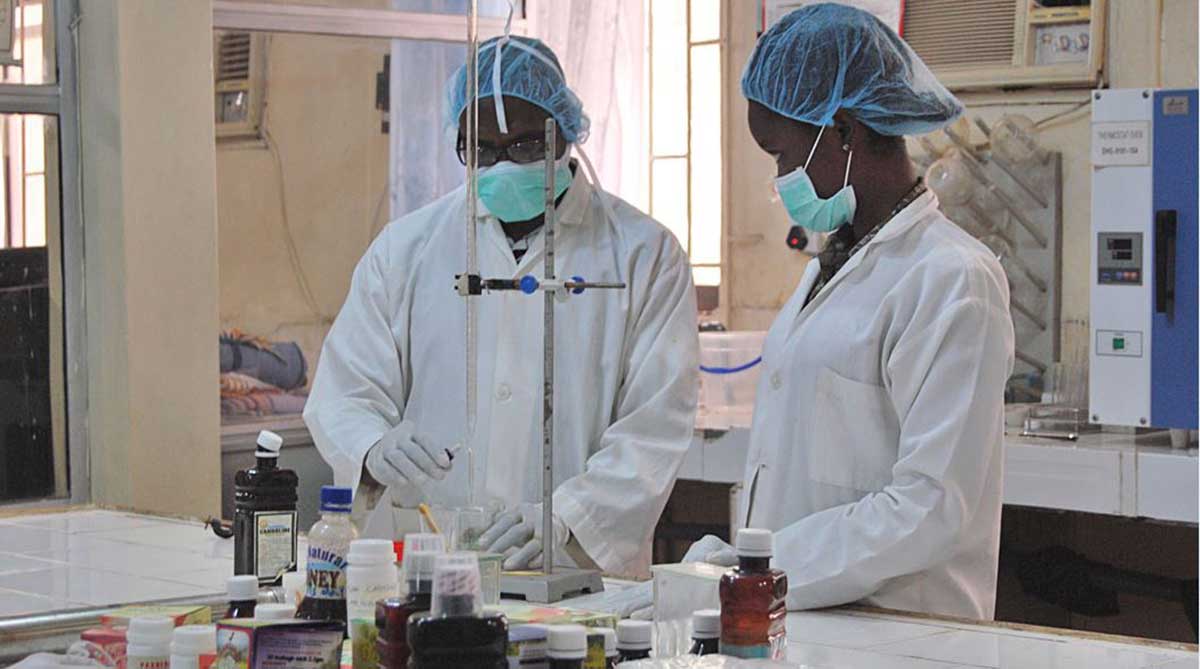
Racial bias in the field of Science
by Yash Saboo February 23 2018, 4:19 pm Estimated Reading Time: 3 mins, 8 secsA racism scandal at H&M was the latest indication of management problems at the Swedish clothing giant. H&M is one of the most well-known brands in the world, with global brand consultancy Interbrand ranking it the 23rd best known company worldwide in 2017 - ahead of Ikea and fashion luxury goods manufacturer Hermes. As if the company's earnings weren't problematic enough, H&M last week found itself in the middle of a social media storm, accused of racism.
Its online catalogue featured an advertisement of a black boy sporting a hoodie with the words "Coolest monkey in the jungle" written on it.

Source :The Daily Beast
According to Gothenburg University marketing professor Eva Ossiansson, the gaffe is a sign that H&M has lost its Midas touch.
"It signals that the company has problems to cope with, both in terms of how their business should develop with regard to e-commerce and the digitalisation in our society, as well as in their communication," she said.
The company tried to quash the criticism by apologising and withdrawing the ad and the item from sale. But the damage was done.
We know this story. Just as former US President Barack Obama was frequently rendered a monkey in political cartoons, H&M styling those particular kids in those particular sweatshirts was not an accident. The part of the story we often leave out is how the history of this racism is intimately linked to the history of science.

Source :Guardian Nigeria
There exists a widespread belief that science, and scientific discoveries, function outside the troubling social matrix of our culture. Science culture itself embraces this belief, clinging to the notion that science is “pure”, an infallible meritocracy where inclusion is based solely on one’s own achievements, and access to education, and the enjoyments of the benefits of scientific research, are unimpeded by the messy mores of society.
This recent report by the National Science Foundation breaks down some of the available data on who’s getting college degrees in the sciences, and who ends up employed in the sciences.
White people make up a full 2/3 of all people working in science and engineering occupations. While there’s been a fair amount of focus in the media on empowering women in the sciences over the past several years, it doesn’t take much to expose that the focus on gains by “women” almost always means white women.
Science itself has a long and ugly history of not only upholding existing white supremacist norms, but actively providing so-called “evidence” that shored up racist policies and beliefs. The most clear-cut example of this is today’s vocabulary phrase: scientific racism, or the application of pseudoscientific techniques to justify racism. It might be tempting to believe that, once it was clear that only tiny genetic differences account for the differences in superficial appearance upon which racism based, obvious scientific racism would vanish– but even today, scientific racism continues onward.
However, these obvious examples of scientific racism aren’t the only ways racism affects science. The study of science, and conducting scientific research, is part of our human culture, and so the white supremacist power structures that affect opportunity for Black people in every other aspect of their educational life and career opportunities are also at work in science.
For many people, the word “scientist” conjures only a picture of a white man in a lab coat, which both erases Black people in science, and reinforces that science is the realm of white men. These assumptions are often examples of unconscious bias, where we unintentionally reinforce biased beliefs we are not aware we hold.





-173X130.jpg)
-173X130.jpg)
-173X130.jpg)
-173X130.jpg)

_(7)-173X130.jpg)
-173X130.jpg)